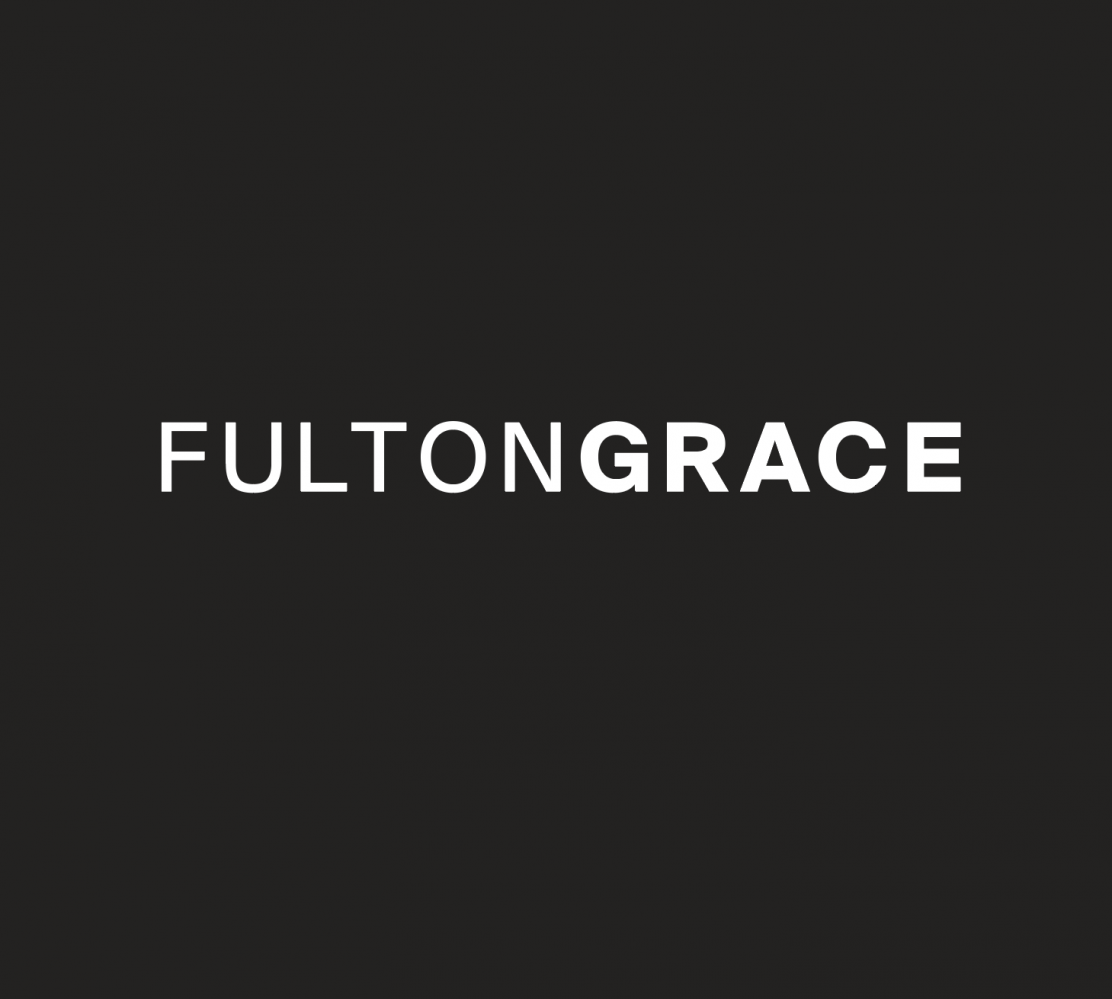So you’ve decided to move to a new home or apartment. Congratulations! Whether you’re buying or renting, you’ll surely spend a lot of time looking for a new place that suits your lifestyle perfectly. But one has to also remember to optimize the decor of your former home. This is called ‘staging,’ and it helps you sell your old place quickly and for maximum value.
One of the biggest decisions in staging comes down to the color schemes of your walls and decor. In this article, we’ll speak about the 5 best uses for color in home staging, and what types of feelings and ideas are expressed from these design decisions.

Use Color To Neutralize, ‘De-Personalize’
Yes, this is exactly what it sounds like; if your home has a lot of bright, individualistic colors…it might be time to change those. The thing with strong, expressive colors (especially as main themes instead of accents) is that big hues create big opinions. What for you is cozy and warm might make someone else feel a bit anxious. And worse, they might start thinking that it’d be too much work to repaint your house to a color they’d like.
This is why most staging experts advise painting walls and main areas lighter, neutral colors. The same goes for things like large carpets and drapes. Those big yellow sashes might be great for you; but if they turn off half of your buyers, that situation might affect how long your home stays on the market.

Use Color To Grow Or Shrink Things
Unfortunately, using color can’t make your small home a mansion, or make a large or awkward room cozy. But it can help! If you paint a tiny room a light color and then stage it with light-colored furnishings…it tricks the eye into thinking the room is larger than it is. The same goes for things like curtains and drapes; if you make them the same color as the walls, the room grows in size.
The theories also work in reverse. If you have a large room, and you want to shrink it (or simply demonstrate its size) then give it a pop of color. It works of course with furnishings as well; adding a tasteful table to a big space can hep buyers visualize that the room is big enough to hold an area for dining, but still can remain cozy. Just make sure not to put too much furniture in there; too much stuff is one of the cardinal sins of staging!

Use Color To Emphasize Or Minimize, To Hide or Clarify
A lot of us have homes that have dated qualities ‘baked-in’ to them, such as old built-in shelves or an unsightly brick fireplace. These can be de-emphasized if you simply paint them the same color as the walls or prevailing design theme. Of course, like with the other concepts these ideas also work in reverse. If you have a great crown molding that you want to emphasize, paint it a complimentary color. Have a great railing or window treatment? Stage some furniture or artwork around it.

Use Color To Stand Out
This brings us to the next concept; to use small pieces of color to create emotion in your buyers. A classic example here is a dramatic and memorable color for the front door. If the rest of the house is rather neutral and subdued, a bright red or soft green (see above!) entrance door helps a buyer remember the house. ‘It was the one with the red door!’
The key here is minimal use of these bright and memorable colors. A grey bathroom can be staged with some blue or green towels to show buyers how the house will be set up once they move in. But if it’s done with removable objects (like staged artwork or furniture) or in small doses (like the door) there’s a big upside; if the new buyer doesn’t like the color you choose, it can be easily replaced or repainted.

Use Color To Accessorize and Tie It All Together
It’s true that neutral colors ‘sell better’ than bright ones when it comes to staging. But as mentioned above, don’t go 100 percent minimal. That would create too cold a look that would also turn off buyers, so it helps to bring in things like art and florals to make sure a staged home looks cozy. The key here is again to use clean art and basic plants/floral arrangements, instead of lots of knickknacks and personal items. Remember, you want the buyers to imagine the home as their own. Collections and personal photos take the focus off of the home and onto the items. Finally, make sure to use a sort of ‘color theme’ for your staging. It doesn’t all have to be the same hue, but a family of shades helps to create continuity and ‘flow’ between rooms of a home.
Hope this has helped you learn a bit more about color when staging your home for eventual sale!
WHO IS FULTON GRACE?
We are one of Chicago’s leading providers of comprehensive real estate services. We are home to an ever-growing team of savvy & reputable local realtors, seasoned property managers, and customer-service-oriented staff. Whether you’re looking to find a new home, sell your home, or have your property managed, let us be your trusted real estate advisors.
